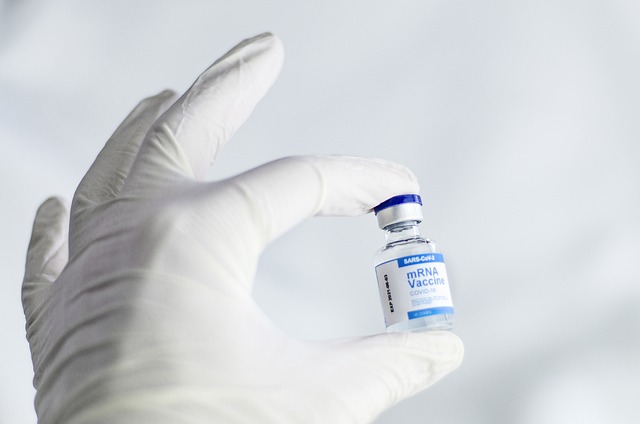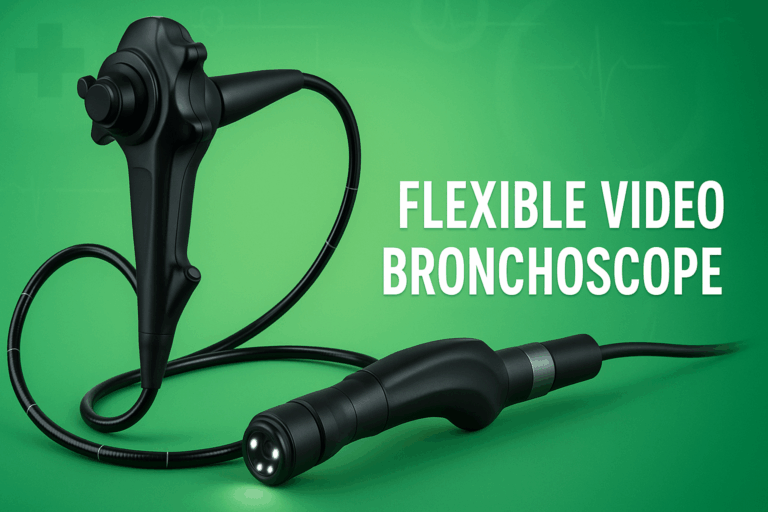The Potential of 3D Bioprinting in Skin Tissue Engineering
Skin tissue engineering is a multidisciplinary field that integrates principles from biology, engineering, and medicine to develop innovative strategies for regenerating damaged or diseased skin. By combining cutting-edge technologies with biological knowledge, researchers aim to create functional skin substitutes that can promote wound healing and restore skin function. The ultimate goal of skin tissue engineering is to provide effective treatment options for patients with severe burns, chronic wounds, or skin disorders, improving their quality of life and reducing the need for traditional skin grafting procedures.
One of the key aspects of skin tissue engineering is the use of biomaterials and scaffolds to support cell growth and tissue development. These materials play a crucial role in providing structural support, mimicking the natural skin microenvironment, and facilitating cell adhesion, proliferation, and differentiation. By carefully selecting and designing biomaterials, researchers can create customized skin constructs that closely resemble native skin tissue, enhancing their potential for successful integration into the patient’s body.
Current Challenges in Skin Tissue Regeneration
Skin tissue regeneration is a complex process that faces various challenges in achieving optimal outcomes. One significant hurdle in this field is the creation of skin substitutes that possess the same functional and structural characteristics as natural skin. While advancements have been made in generating skin substitutes, achieving full thickness and durable skin replacements remains a formidable challenge.
Another obstacle in skin tissue regeneration is the integration of vascular networks within engineered skin constructs. The successful formation of intricate blood vessel networks is crucial for ensuring proper nutrient supply and waste removal within newly regenerated skin tissues. Overcoming this challenge is essential for enhancing the viability and functionality of bioengineered skin grafts, moving towards more successful clinical applications.
Benefits of 3D Bioprinting in Skin Tissue Engineering
3D bioprinting has emerged as a groundbreaking technology in the field of skin tissue engineering. This innovative approach allows for the precise placement of cells, biomaterials, and growth factors in a layer-by-layer manner, mimicking the natural architecture of human skin. By replicating the complex structures of skin tissue, 3D bioprinting enables the creation of skin substitutes that closely resemble native skin, offering promising solutions for wound healing and skin regeneration.
Another significant benefit of 3D bioprinting in skin tissue engineering is its ability to customize skin constructs based on the specific requirements of individual patients. This personalized approach allows for the design of skin grafts that closely match the unique characteristics of the recipient’s skin, leading to improved integration and reduced risks of rejection. The precise control over the composition and geometry of the bioprinted skin constructs also enhances the functionality and aesthetic outcomes of skin regeneration therapies, offering new possibilities for treating various skin conditions and injuries.
Precision placement of cells, biomaterials, and growth factors
Mimicking natural architecture of human skin
Creation of skin substitutes resembling native skin
Promising solutions for wound healing and skin regeneration
Customization based on individual patient requirements
Designing skin grafts matching unique characteristics of recipient’s skin
Improved integration and reduced risks of rejection
Enhancing functionality and aesthetic outcomes of skin regeneration therapies
What is skin tissue engineering?
Skin tissue engineering is the field of research that focuses on creating artificial skin substitutes to repair damaged or diseased skin.
What are some current challenges in skin tissue regeneration?
Some challenges in skin tissue regeneration include achieving proper cell organization and function, promoting blood vessel formation, and ensuring long-term stability of the regenerated skin.
How can 3D bioprinting benefit skin tissue engineering?
3D bioprinting allows for precise control over the placement of cells, biomaterials, and growth factors, resulting in more accurate and functional skin tissue constructs.
Can 3D bioprinting be used to create personalized skin grafts?
Yes, 3D bioprinting technology allows for the customization of skin grafts based on a patient’s specific needs, such as wound size, shape, and depth.
How does 3D bioprinting help in reducing the risk of rejection in skin grafts?
By using a patient’s own cells to create the skin tissue constructs, 3D bioprinting reduces the risk of rejection and enhances the integration of the graft with the surrounding tissue.







